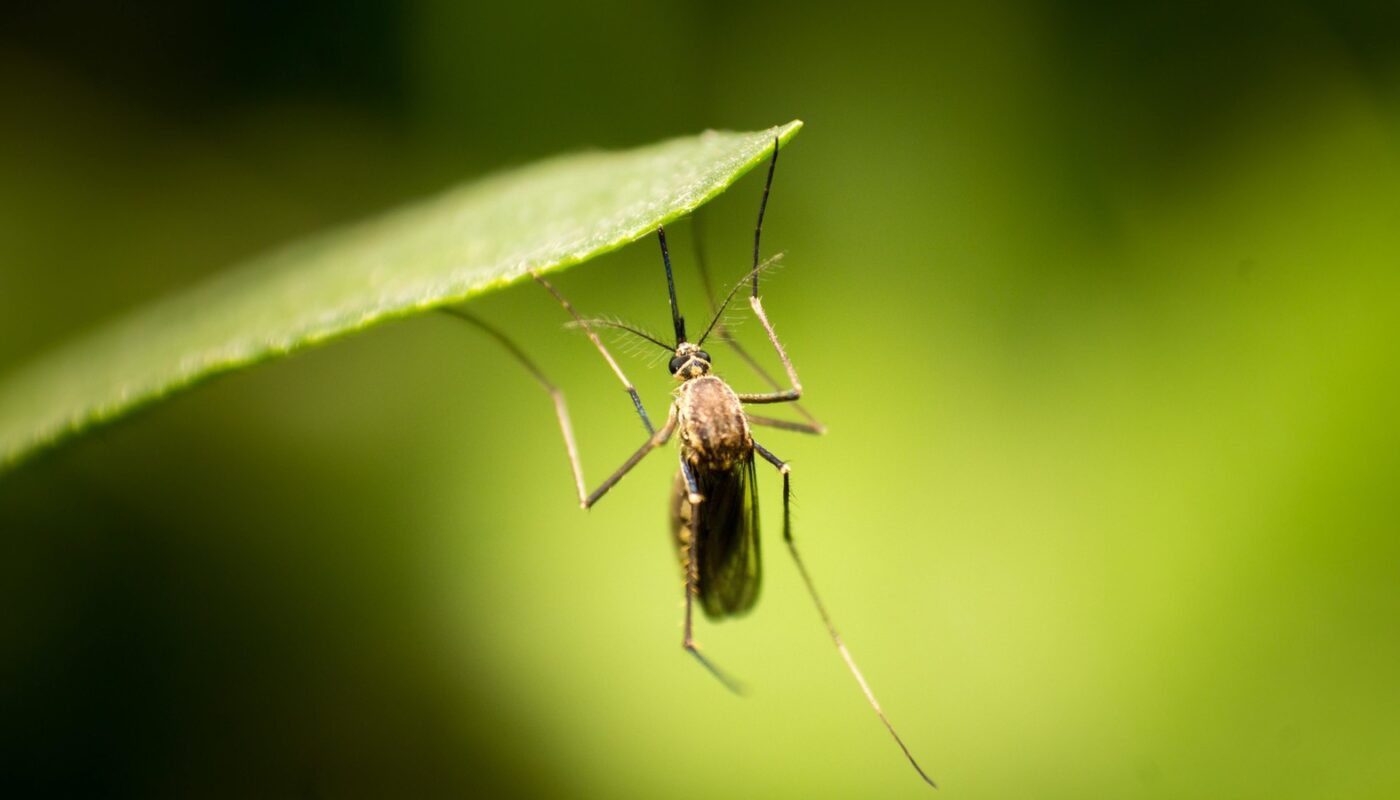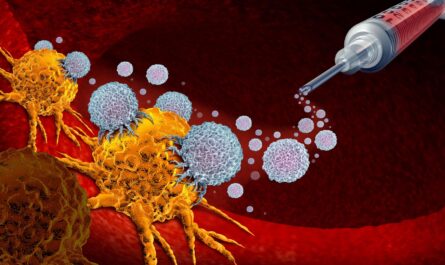A recent study published in Nature Microbiology has revealed the role of mosquitoes in the transmission of the flesh-eating Buruli ulcer from possums to humans. The research sheds light on the previously unknown method of transmission of the bacterial infection, which has been on the rise in Victoria, Australia.
The Buruli ulcer, also known as the Bairnsdale ulcer, is caused by the bacterium Mycobacterium ulcerans. Initially, it presents as a small mosquito bite but slowly progresses into a debilitating ulcer, causing extensive damage to the underlying tissues. Although painless in the beginning, the infection can become severe and if left untreated, can continue to enlarge, earning it the term “flesh-eating.”
The World Health Organization (WHO) has classified Buruli ulcer as a neglected tropical skin disease. Primarily reported in 33 countries across west and central Africa, the infection has been increasingly prevalent in coastal regions of Victoria since the early 2000s.
Scientists have long suspected the involvement of Australian native possums in the spread of the disease, and this new research confirms their role. In order to establish the link between insects, possums, and human infection, the researchers conducted extensive surveys in a 350 km2 area of Victoria.
Mosquito specimens were collected and analyzed to determine if they carried the bacterium. Molecular testing revealed that only the Aedes notoscriptus, also known as the Australian backyard mosquito, tested positive for Mycobacterium ulcerans.
Genomic tests were then conducted to match the bacteria found on the mosquitoes to those from possum feces and humans with Buruli ulcer. The researchers also analyzed mosquito specimens containing blood to demonstrate that Aedes notoscriptus was feeding on both possums and humans.
Geospatial analysis was carried out to identify areas where human Buruli ulcer cases overlapped with areas where mosquitoes and possums carrying the Mycobacterium ulcerans were active.
The results of the study provide crucial evidence linking mosquitoes as the vectors responsible for the transmission of the Buruli ulcer from possums to humans. This new insight into the transmission mechanism may aid in the development of targeted preventive and control measures to mitigate the spread of the infection.
The rise in Buruli ulcer cases in Victoria highlights the need for increased awareness and vigilance in affected regions. Early detection and appropriate treatment, typically a six to eight-week course of antibiotics, can effectively combat the infection. In some cases, surgery may be required to remove infected tissue.
By understanding the role of mosquitoes in transmitting the Buruli ulcer, health authorities can focus on implementing strategies to reduce mosquito populations and minimize the risk of infection. These efforts, coupled with ongoing surveillance and research, may help in mitigating the impact of this neglected tropical skin disease in affected regions.
*Note:
1. Source: Coherent Market Insights, Public sources, Desk research
2. We have leveraged AI tools to mine information and compile it




